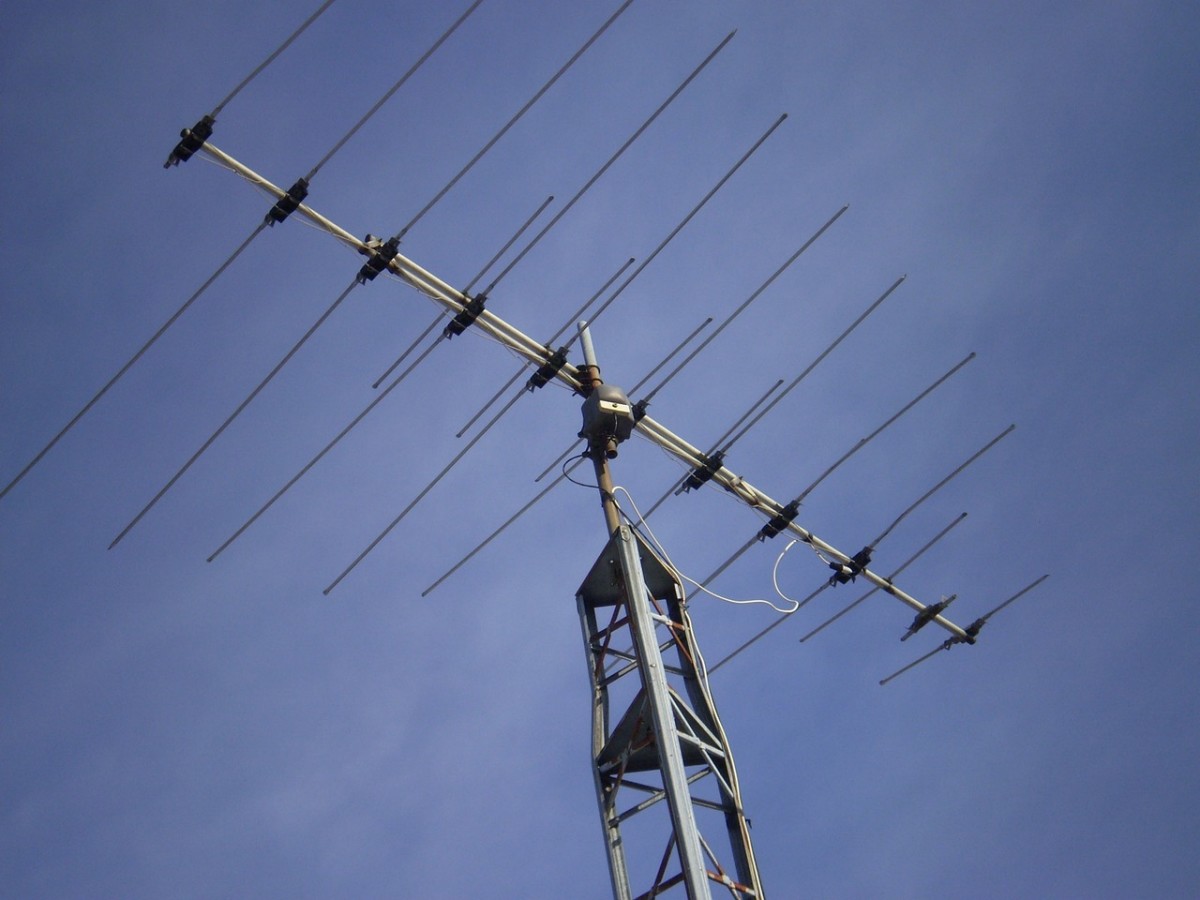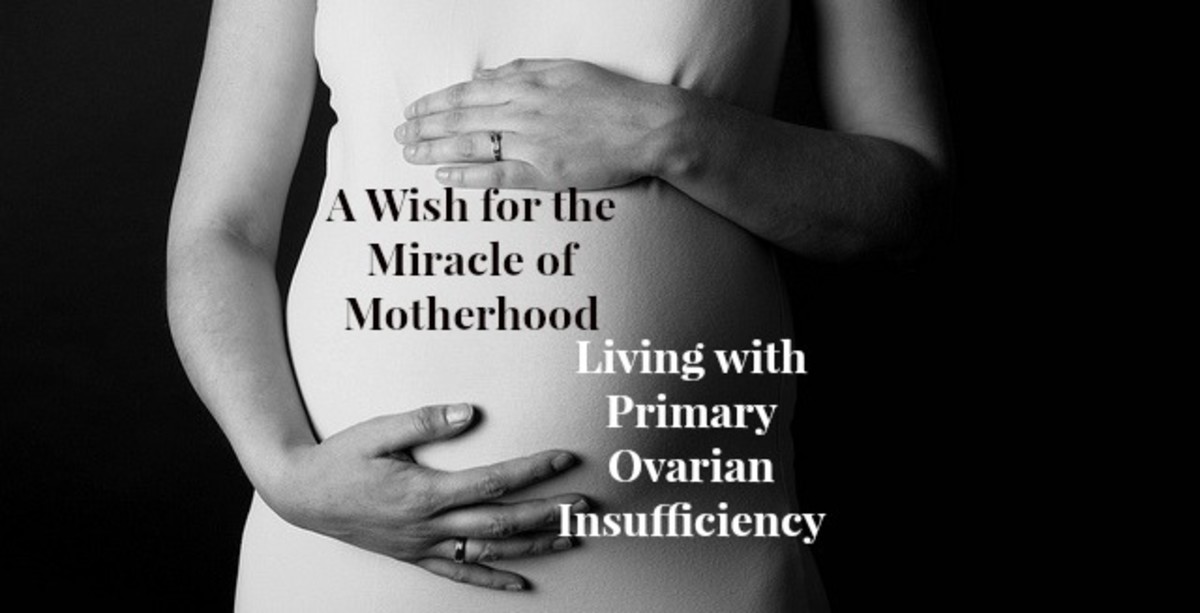Understanding difference between Insemination & In-Vitro Fertilization

Becoming parents is every couple’s dream. However, due to a number of different health issues, a lot of couples fail to carry a child via a natural process. This is where fertility clinics come into the scene. In the last few decades, we have fine tuned our medical technology to an extent where getting pregnant, even if one or both partners face serious health issues that are becoming a problem in conceiving a child, has become much easier. Artificial insemination and In Vitro Fertilization are two prominent methods used for this process. However, despite being entirely different from one another, most of the people often mix these procedures.
In this article, we will discuss the major differences between the two processes and will try to make it easier to differentiate the processes so that you can make a firm decision. The difference between insemination and IVF are as follows:
- In artificial insemination, previously selected healthy semen is introduced into the woman’s uterus. Before the process, the woman’s uterus goes under preparation by stimulating ovulation. On the other hand, in IVF, the woman’s eggs are collected and fertilized with partner’s or donor’s sperms in the lab. Once the embryos are formed, they are then introduced to the uterus.
- In artificial insemination, the fertilization takes place inside a woman while in case of IVF it takes place in the controlled environment in the lab under experts’ supervision.
- Artificial insemination is comparatively simpler technique while IVF is complex and expensive as it requires retrieval of eggs from woman’s body.
- In case of insemination, the ovarian stimulation is kept at minimal to avoid multiple pregnancies while in case of IVF the ovarian simulation’s main aim is to obtain an adequate number of eggs which can be 6 to 15.
- Artificial insemination does not provide a good success rate and only 15 percent of the couples are able to conceive a child via this process. On the other hand, the success rate of the IVF is much higher and in certain cases, it can reach up to 60%.
- The chances of success are unreal as if the fallopian tube is blocked, the procedure will simply fail. However, in case of IVF, the success rate is higher as fallopian tube blockage is not a notable factor in most of the cases.
- In case of sterility of more than 3 years, the chances of success are further reduced in artificial insemination. While in case of IVF the success rate is quite high with prolonged sterility.
- The detailed information about the health of both partners is not available during the procedure while in case of IVF each and every possible factor is judged to ensure the success of the procedure. Thus while going through IVF process, you get detailed information about the health of the partners.
Artificial insemination works only in case of those partners who have not tried to conceive for a long time but they are healthy but IVF can bring hope in lives of those who need medical assistance to conceive a child.





